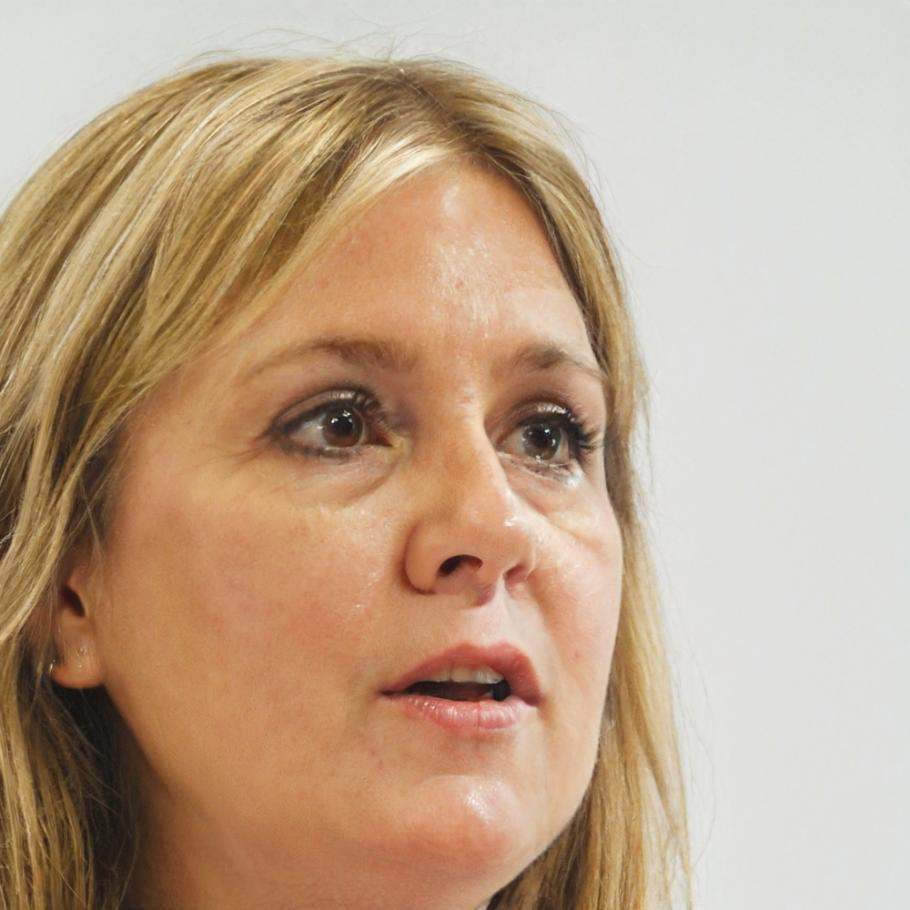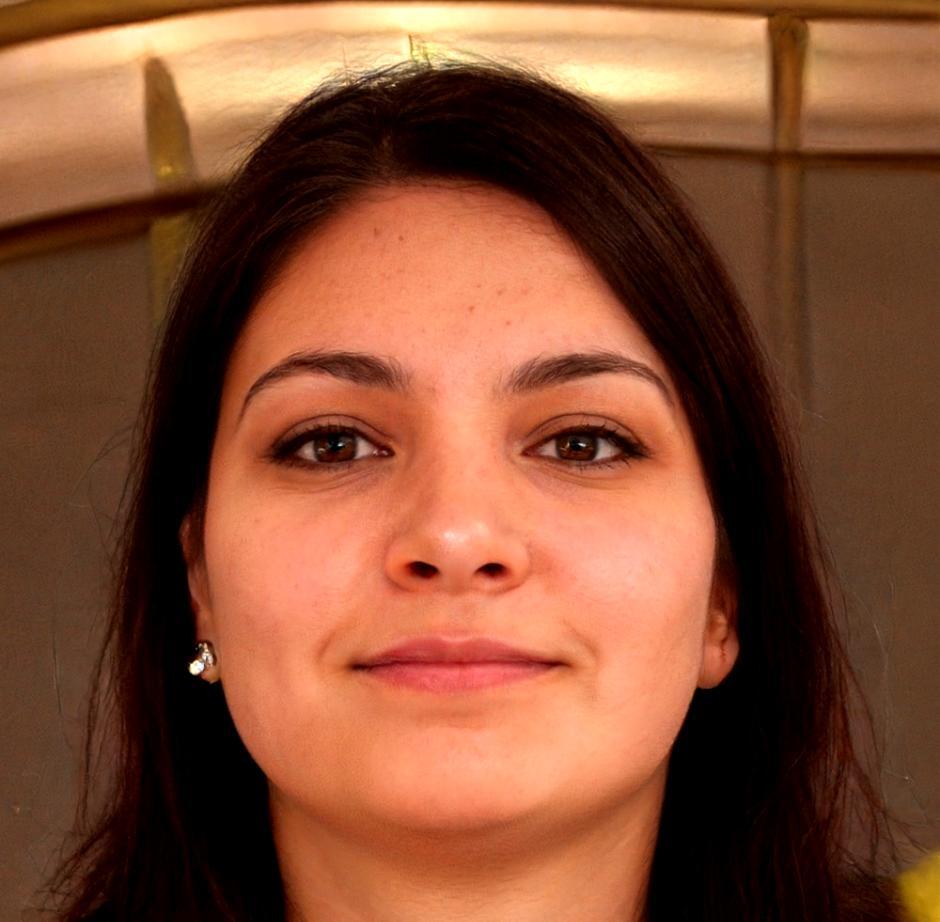We Started With A Simple Question
Back in early 2022, I was sitting in a cafe with my colleague Maris. We'd both spent years looking at financial statements—her from the accounting side, me from business consulting. And we kept noticing the same thing.
People who were smart, capable professionals would get these documents and just... freeze. Not because they couldn't read. But because nobody had ever shown them how to actually understand what those numbers meant for their decisions.
So we started sparklynode. Not as some grand vision, but because we thought we could help fix that specific problem.




